Optimal Waterproofing Timing Guide
Waterproofing is essential for protecting structures from water intrusion, which can lead to damage, mold growth, and structural deterioration. Proper waterproofing enhances durability and extends the lifespan of buildings, especially in areas prone to moisture exposure. Timing plays a crucial role in ensuring the effectiveness of waterproofing applications.
Spring offers moderate temperatures and less precipitation, making it suitable for waterproofing projects before heavy rains begin.
Summer provides warm weather and long daylight hours, ideal for completing waterproofing tasks with optimal curing conditions.
Fall allows for application in cooler temperatures, preparing structures for winter and preventing water damage during freezing conditions.
Winter is generally not recommended due to freezing temperatures that hinder proper curing and adhesion of waterproofing materials.
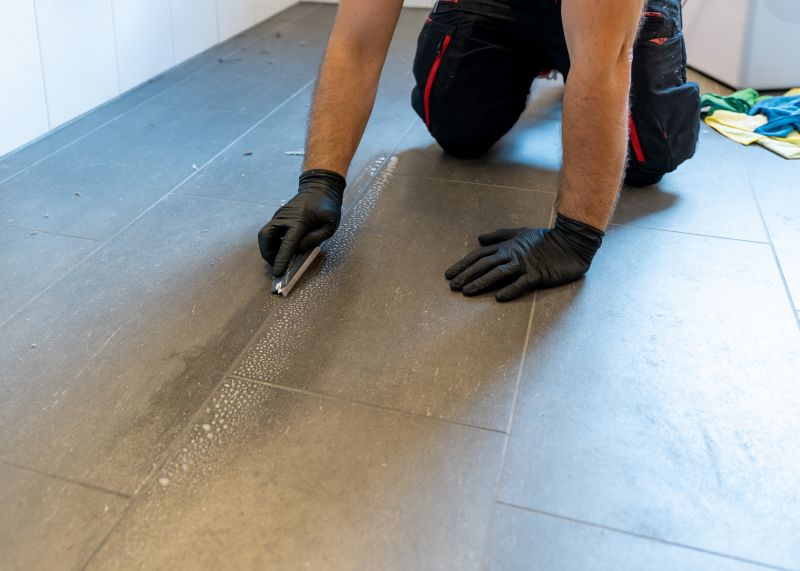
Ways to make Waterproofings work in tight or awkward layouts.
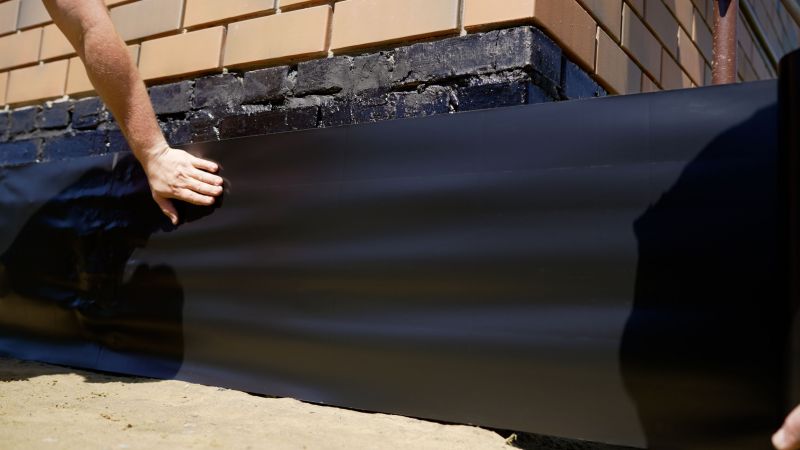
Popular materials for Waterproofings and why they hold up over time.

Simple add-ons that improve Waterproofings without blowing the budget.
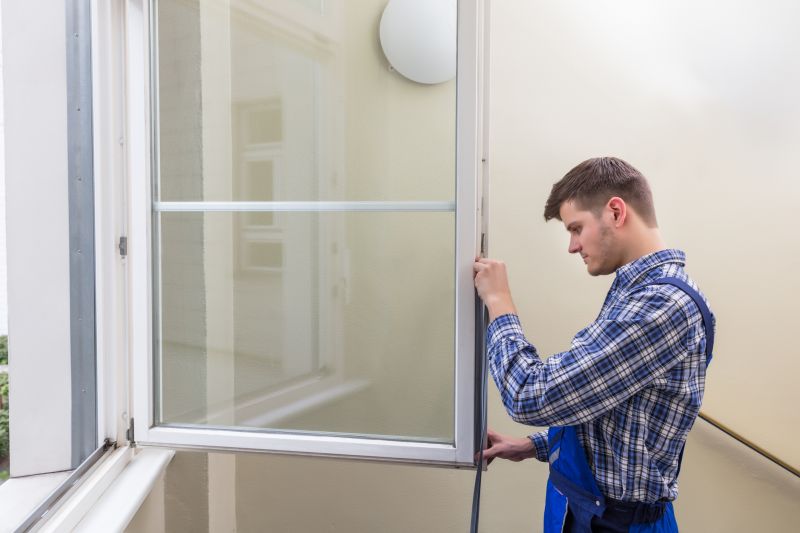
High-end options that actually feel worth it for Waterproofings.
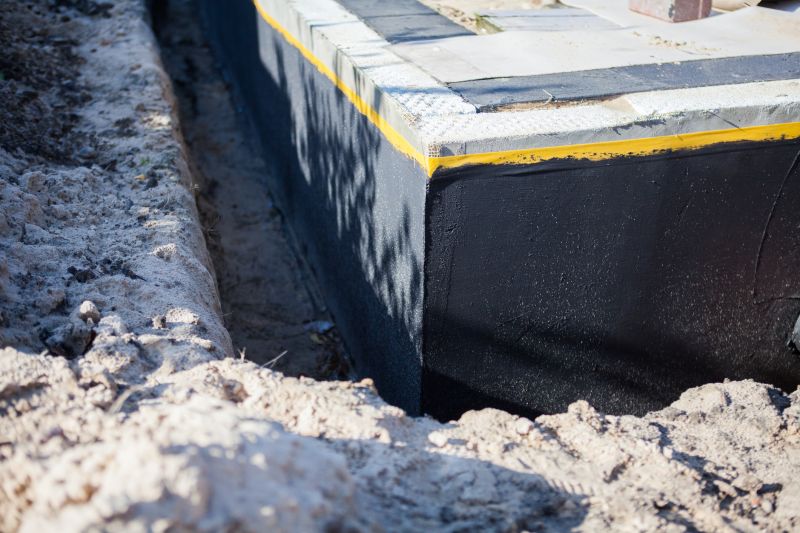
Finishes and colors that play nicely with Waterproofings.
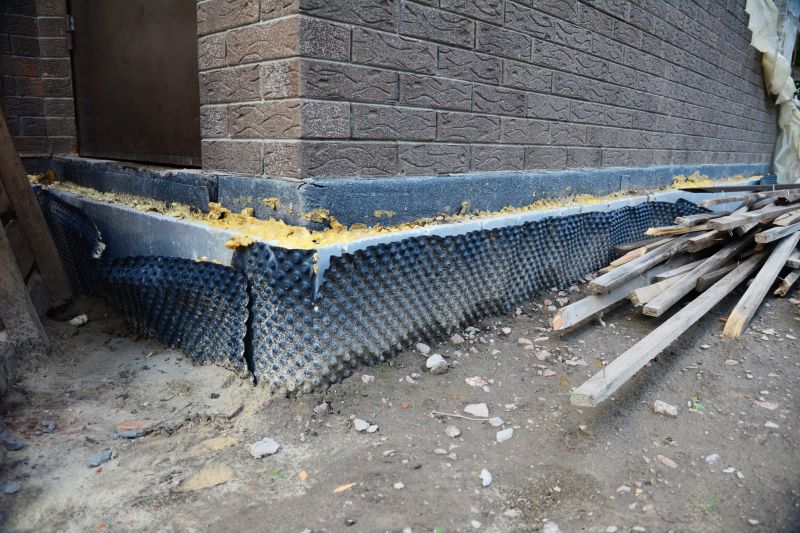
Little measurements that prevent headaches on Waterproofings day.
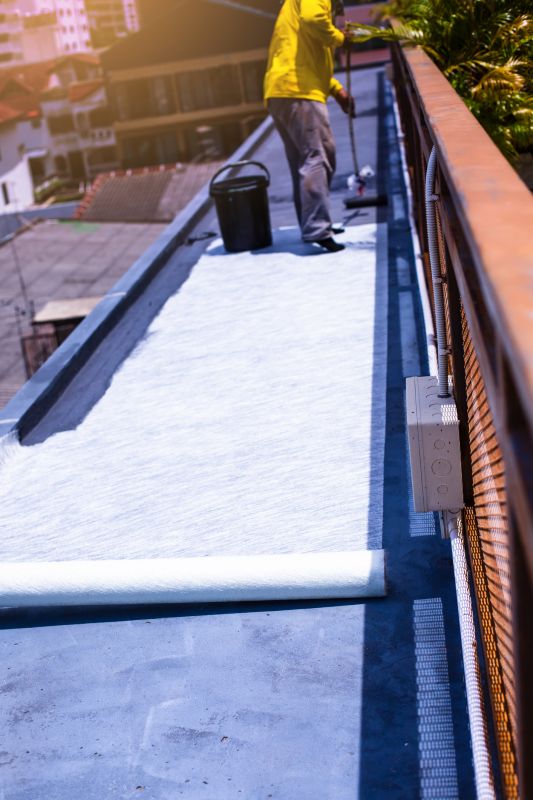
A 60-second routine that keeps Waterproofings looking new.
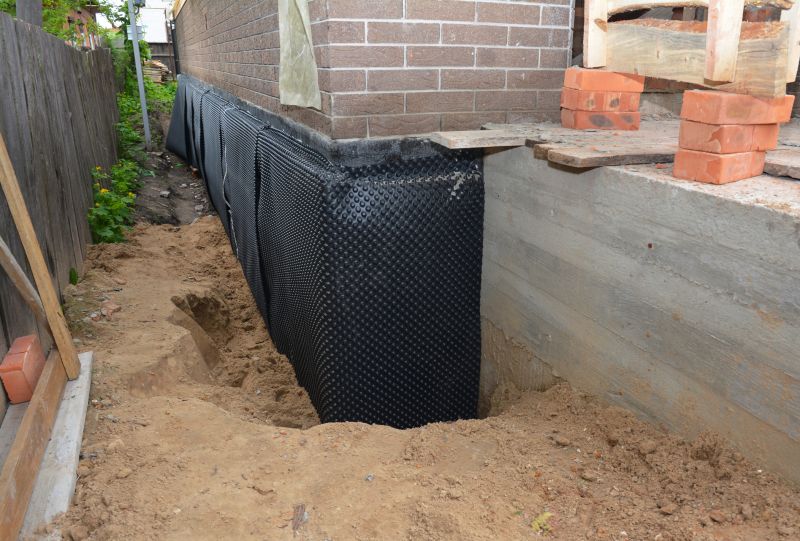
A frequent mistake in Waterproofings and how to dodge it.
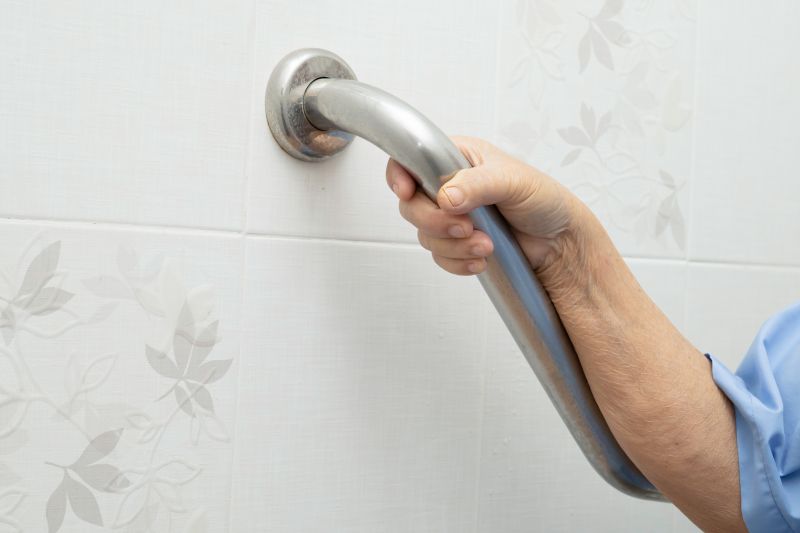
Small tweaks to make Waterproofings safer and easier to use.
| Season | Suitable Waterproofing Conditions |
|---|---|
| Spring | Moderate temperatures, less rain, ideal for application. |
| Summer | Warm weather, long days, suitable for curing. |
| Fall | Cooler temperatures, prepares for winter. |
| Winter | Not recommended due to freezing temperatures. |
Waterproofings involve applying protective barriers to prevent water penetration in various structures. These barriers can be liquid membranes, sheet membranes, or sealants, each suited to different applications. Proper timing ensures that waterproofing materials cure correctly and adhere effectively, maximizing their protective capabilities.
Statistics indicate that water intrusion accounts for a significant percentage of structural damages in buildings. Implementing waterproofing at the optimal time reduces repair costs and extends the longevity of the structure. Seasonal considerations are vital for achieving the best results and ensuring water resistance during adverse weather conditions.
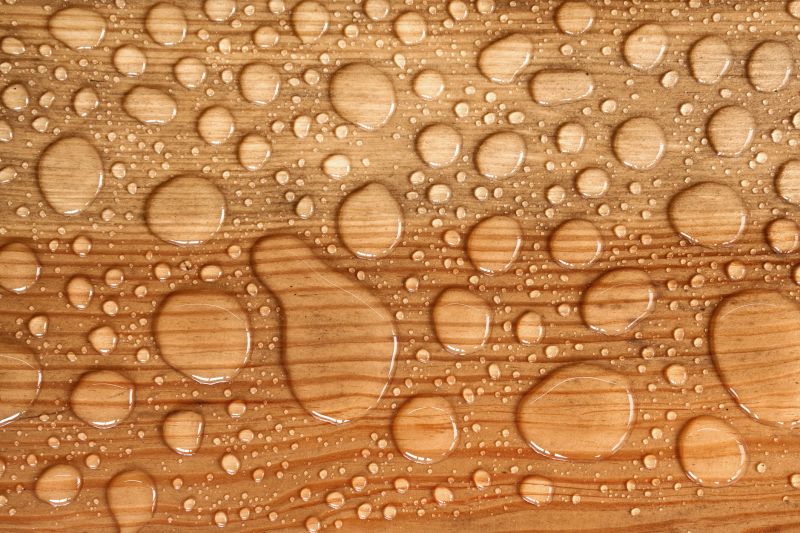
Lower-waste or water-saving choices for Waterproofings.
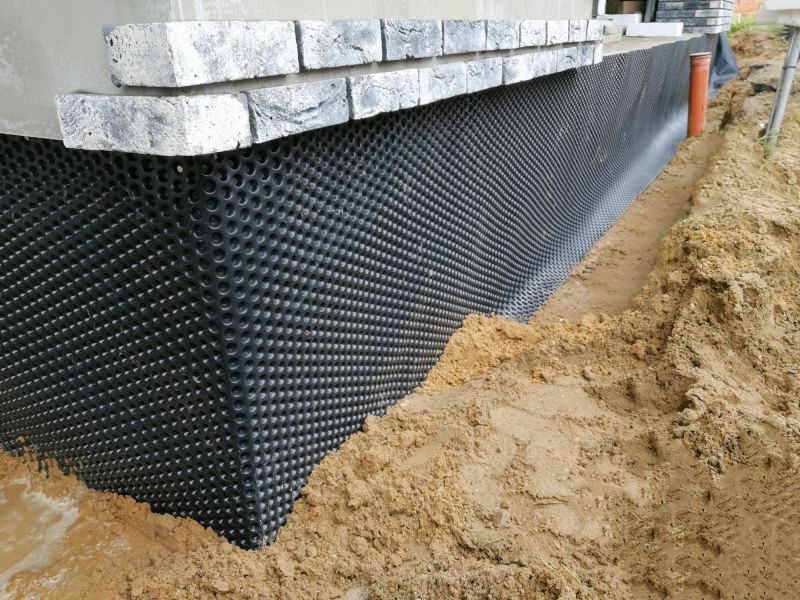
The short, realistic tool list for quality Waterproofings.

Rough timing from prep to clean-up for Waterproofings.

Quick checks and paperwork to keep after Waterproofings.
Interested parties are encouraged to contact for further guidance on waterproofing options and scheduling. Properly timed waterproofing ensures optimal protection against water damage, preserving the integrity of structures in Cedar Falls, IA.




